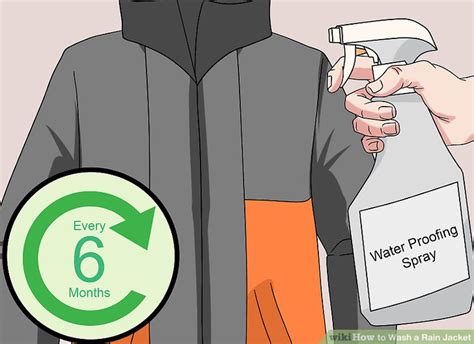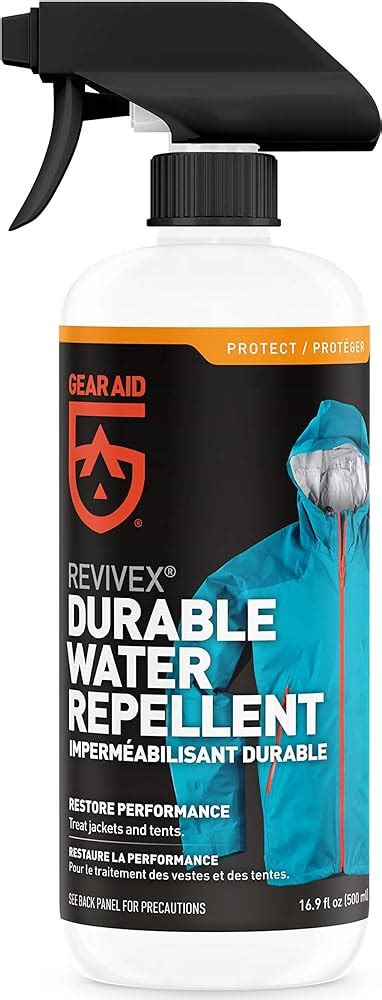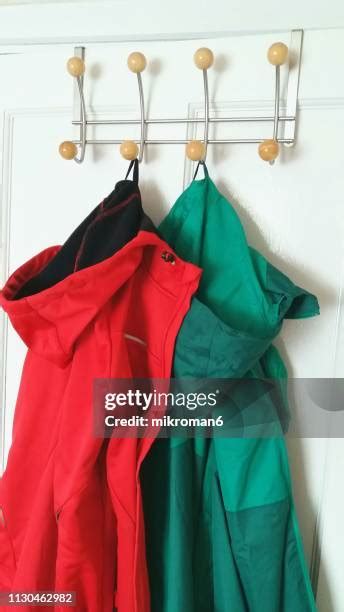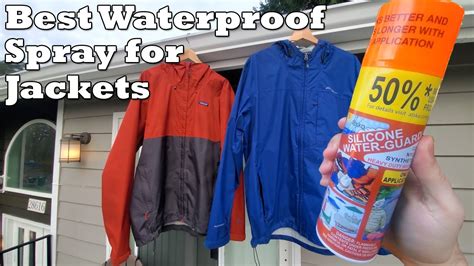Revitalizing Your Rain Jacket: Why DWR Matters
There’s nothing worse than heading out into the elements, confident in your rain jacket, only to feel dampness seeping through. Over time, even the best waterproof jackets lose their ability to repel water. This isn’t usually due to a failure of the waterproof membrane (like Gore-Tex or eVent) but rather the degradation of the Durable Water Repellent (DWR) coating on the jacket’s outer fabric. This DWR causes water to bead up and roll off, preventing the face fabric from wetting out and allowing the breathable membrane to do its job. When the DWR wears off, the fabric absorbs water, making the jacket feel heavy, clammy, and less breathable – even if it’s still technically waterproof.
The good news is that restoring your jacket’s DWR is a straightforward process that can significantly extend its life and performance. For most outdoor enthusiasts, a DWR spray is often the most practical and effective solution.

The Crucial First Step: Cleaning Your Jacket
Before you even think about applying a new DWR treatment, your jacket needs a thorough cleaning. Dirt, body oils, sweat, and residues from detergents can all block the DWR and prevent new treatments from bonding effectively. Regular washing with the wrong detergents can also strip existing DWR.
How to Clean Your Rain Jacket:
- Empty Pockets & Close Zippers: Make sure all pockets are empty and all zippers (main, pocket, pit zips) are closed to prevent damage. Loosen any drawcords.
- Use a Tech Wash: Avoid conventional detergents, fabric softeners, and bleach, as these can leave residues that hinder DWR and breathability. Instead, use a specialized technical wash designed for waterproof breathable fabrics (e.g., Nikwax Tech Wash or Granger’s Performance Wash).
- Machine Wash: Place the jacket in a front-loading washing machine (top-loaders with agitators can be too harsh). Follow the instructions on your tech wash for dosage. Wash on a gentle cycle with cool or warm water.
- Rinse Thoroughly: Run an extra rinse cycle to ensure all soap residues are removed.
After washing, your jacket might already show improved water repellency. Sometimes, simply cleaning the fabric reactivates existing DWR that was merely obscured by dirt.

Choosing Your DWR Treatment: Spray-On vs. Wash-In
Once clean, it’s time to reapply DWR. You generally have two options: wash-in treatments or spray-on treatments.
- Wash-In Treatments: These are added to the wash cycle after cleaning. They coat both the inside and outside of the fabric. While convenient, they can sometimes affect the wicking properties of the jacket’s inner lining and aren’t ideal for garments with insulation that doesn’t need DWR.
- Spray-On Treatments: Applied directly to the jacket’s exterior, these allow for targeted application only where needed. They are generally preferred for outer shell jackets as they don’t compromise the inner lining’s ability to wick moisture away from your body.
Given the specific question, we’ll focus on spray-on DWR treatments, which offer precise application and excellent results for restoring exterior water repellency.

Step-by-Step Guide to Applying DWR Spray
Applying a DWR spray is simple, but precision is key for an even and effective coating.
- Damp or Dry? Check Instructions: Some DWR sprays are designed for application on a damp garment (e.g., immediately after washing), while others work best on a completely dry surface. Always read the specific product’s instructions. If applying to a dry jacket, ensure it’s fully air-dried after washing.
- Prepare Your Workspace: Lay the jacket flat on a clean, protected surface, or hang it on a hanger outdoors or in a well-ventilated area. If spraying indoors, protect surrounding surfaces as the spray can leave a residue.
- Spray Evenly: Hold the spray bottle about 6-10 inches (15-25 cm) from the fabric. Spray in an even, sweeping motion, ensuring complete coverage. Pay extra attention to high-wear areas like shoulders, cuffs, and the front zipper flap. Avoid oversaturating any single area.
- Wipe Off Excess: Immediately after spraying, use a clean, damp cloth to gently wipe off any excess DWR solution, especially from zippers, drawcords, and any areas where it pools. This prevents streaking and ensures an even finish.
- Allow to Dry/Cure: Most DWR treatments require heat to activate and bond properly.
- Air Dry: Allow the jacket to air dry completely. This might take several hours.
- Heat Activate (Recommended): Once air-dried, tumble dry the jacket on a low heat setting for 20-30 minutes. The warmth helps the DWR bond to the fabric fibers, enhancing its durability and performance. Alternatively, a low-heat iron (with a towel barrier) or a hairdryer can be used cautiously on specific areas if tumble drying isn’t an option. Always check the jacket’s care label and the DWR product’s instructions for heat recommendations.

Tips for Maintaining Your Re-Waterproofed Jacket
- Regular Cleaning: Wash your jacket periodically with a tech wash to remove dirt and oils that can impede DWR performance.
- Reactivate DWR: Often, a gentle tumble dry on low heat after a normal wash can reactivate existing DWR without needing a full re-application.
- Store Properly: Hang your jacket rather than stuffing it into a bag, allowing it to air out and maintain its shape and DWR.
- Spot Treat: For small areas that lose their DWR faster (e.g., shoulders from backpack straps), you can spot-treat with a DWR spray between full applications.

When to Consider a New Jacket
While DWR sprays can work wonders, they can’t fix everything. If your jacket’s waterproof membrane itself is compromised (e.g., delamination, tears, excessive wear and tear), or if the fabric is simply too old and degraded, re-waterproofing may offer diminishing returns. In such cases, it might be time to invest in a new jacket.
Conclusion
Re-waterproofing your rain jacket with a DWR spray is an effective, economical, and environmentally conscious way to extend its life and ensure peak performance. By following the steps of thorough cleaning, careful application, and proper heat activation, you can keep your beloved gear shedding water and keeping you dry for many adventures to come. Don’t let a soggy experience ruin your outdoor fun – give your rain jacket the refresh it deserves!




